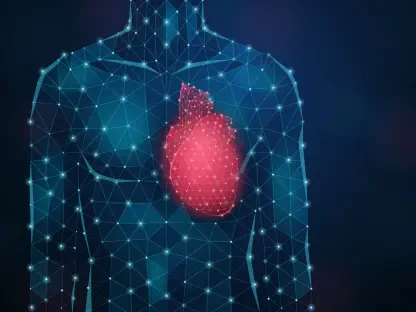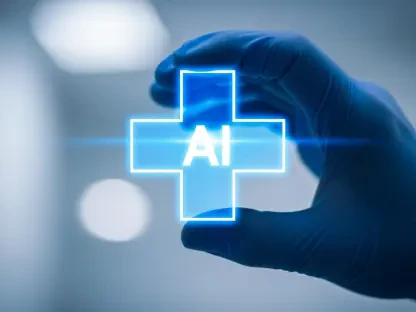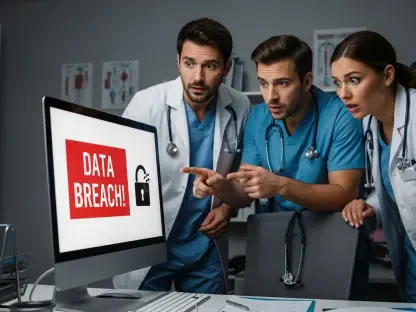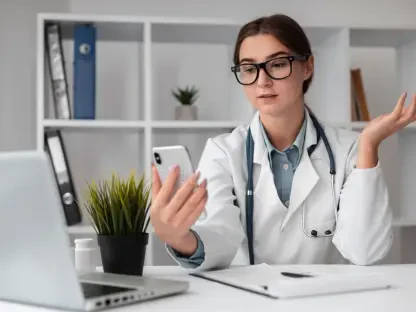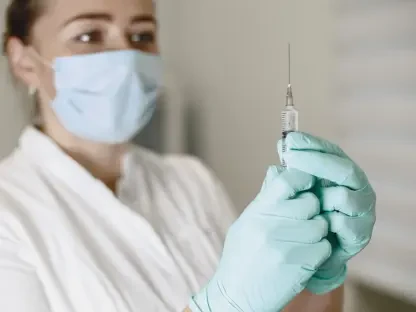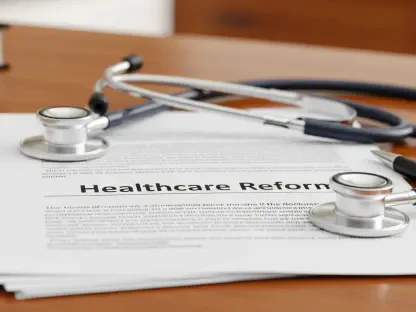Faisal Zain is a healthcare expert specializing in medical technology. With extensive experience in the manufacturing of medical devices used for diagnostics and treatment, he has driven innovation in the field. In this enlightening interview, Faisal sheds light on a recent study exploring the capabilities of GPT-4 in simplifying radiology reports, particularly for non-English-speaking patients.
Can you start by explaining what GPT-4 is and its connection to OpenAI?
GPT-4 is an advanced version of OpenAI’s well-known large language model, ChatGPT. OpenAI, an American artificial intelligence company, developed GPT-4 to process and generate human-like text based on vast datasets. This model has primarily been tested in English-speaking environments, but its capabilities extend to other languages, as evidenced by recent research.
How has GPT-4 been predominantly tested so far?
Until now, GPT-4 has seen extensive testing and application predominantly in English-speaking contexts. This includes everything from generating content, assisting with customer service, to simplifying complex information for better understanding. The results have shown its exceptional ability to comprehend and produce coherent text in English.
Why is the study involving GPT-4 significant for non-English-speaking healthcare settings?
The significance lies in the potential for non-English-speaking healthcare environments to leverage this advanced model. Many patients struggle with understanding complex medical terminology in reports, which can be a barrier to effective healthcare. By simplifying these reports into more accessible language, GPT-4 can improve patient comprehension and engagement globally.
Could you describe the primary objective of the study published in the European Journal of Radiology?
The primary goal of the study was to test GPT-4’s ability to simplify complex radiology reports into layman’s terms that are easier for patients to understand, particularly in a non-English-speaking context. This has broader implications for enhancing patient literacy and engagement in their healthcare journey.
Why was the study conducted in the Netherlands specifically?
The Netherlands was an ideal setting due to its laws mandating open patient access to electronic health records since 2020. These regulations create an environment where patients regularly interact with their health information, making it a practical setting to test the effectiveness of tools like GPT-4 in improving understanding and patient communication.
Can you explain the specific laws in the Netherlands regarding patient access to electronic health records?
The Netherlands has progressive healthcare laws requiring institutions to provide open access to patients’ electronic health records. This ensures transparency and empowers patients by giving them the ability to review their health information at any time, promoting better healthcare outcomes through increased patient involvement.
What methods did researchers use to evaluate GPT-4’s performance in this study?
Researchers carefully designed prompts for GPT-4 to translate radiology reports into simpler language. These outputs were then reviewed by two abdominal radiologists for accuracy, completeness, and patient suitability. A third radiologist validated the final versions to ensure rigor and reliability in the findings.
How were the prompts designed for GPT-4 to simplify radiology reports?
The prompts were meticulously crafted to instruct GPT-4 to break down medical jargon into plain language. This involved guiding the AI to focus on clarity and relevance, ensuring that the rephrased reports retained their original intent and informational value while being more accessible to the patients.
What criteria did the abdominal radiologists use to review the outputs of GPT-4?
The radiologists assessed the outputs based on accuracy, completeness, and patient suitability. They ensured that the simplified reports correctly conveyed the necessary information without losing any critical details, making it both accurate and understandable for laypeople.
How accurate were GPT-4’s simplified reports according to the radiologists?
The radiologists rated GPT-4’s simplified reports highly, with an average accuracy score of 3.3 out of 4. This indicates a high level of precision in translating complex medical information into comprehensible language for patients.
What were the average scores given to GPT-4’s simplified reports by the radiologists?
The average scores given to GPT-4’s simplified reports were 3.3 out of 4 points, reflecting the radiologists’ confidence in the model’s ability to accurately simplify and convey medical information.
How did the simplified reports affect patients’ understanding of the medical information?
The simplified reports significantly enhanced patients’ understanding. The comprehension scores for patients using the original reports were at 2.0, which increased to 3.28 for the simplified reports and 3.50 for the summaries. This improvement highlights the effectiveness of simplified communication.
What was the change in comprehension scores from the original reports to the simplified versions?
The comprehension scores rose substantially, from an average of 2.0 with the original reports to 3.28 with the simplified versions and 3.50 with summaries. This marked increase underscores the potential benefit of using GPT-4 for medical communication.
How many colorectal cancer patients participated in the evaluation of the reports?
A group of 12 colorectal cancer patients participated in the study. Their feedback was crucial in evaluating the effectiveness of GPT-4’s simplified reports.
What was the overall patient satisfaction rate with the GPT-4 reports?
The overall satisfaction rate among the patients was quite high, averaging an 8.3 out of 10. Most patients showed a clear preference for the simplified reports generated by GPT-4 over their original versions.
Did patients show a preference for GPT-4’s simplified reports over the original ones?
Yes, the patients showed a marked preference for GPT-4’s simplified versions over the original reports. This preference reflects the improved understanding and engagement facilitated by the AI-generated reports.
How do the authors of the study view the importance of simplifying medical language for patients?
The authors emphasize that simplifying medical language is crucial for enhancing patient literacy. They believe this approach fosters better understanding and active patient participation in healthcare, ultimately leading to improved outcomes and patient empowerment.
What potential impact could large language models like GPT-4 have on healthcare communication and patient engagement?
Large language models like GPT-4 can revolutionize healthcare communication by making complex information more accessible. This can lead to better patient understanding, increased satisfaction, and more informed decisions about their health and treatment options. Enhanced patient engagement can significantly improve the overall quality of care.
What are the next steps the research team is considering for further refinements and calibration of GPT-4?
The team plans to continue validating, refining, and calibrating GPT-4. This ongoing process aims to improve the model’s accuracy and effectiveness further, ensuring that it consistently provides reliable and comprehensible medical information to patients.
What do the authors hope to achieve by incorporating AI like GPT-4 into healthcare systems?
By integrating AI like GPT-4 into healthcare, the authors aim to bridge the communication gap between doctors and patients. They hope it will lead to a more informed and engaged patient population, ultimately enhancing the quality of care and patient outcomes.
Do you have any advice for our readers?
Embrace technological advances such as GPT-4 with an open mind. These innovations hold immense potential to transform healthcare experiences, making complex information more accessible and comprehensible. Stay informed and proactive in your healthcare journey to leverage these advancements effectively.


